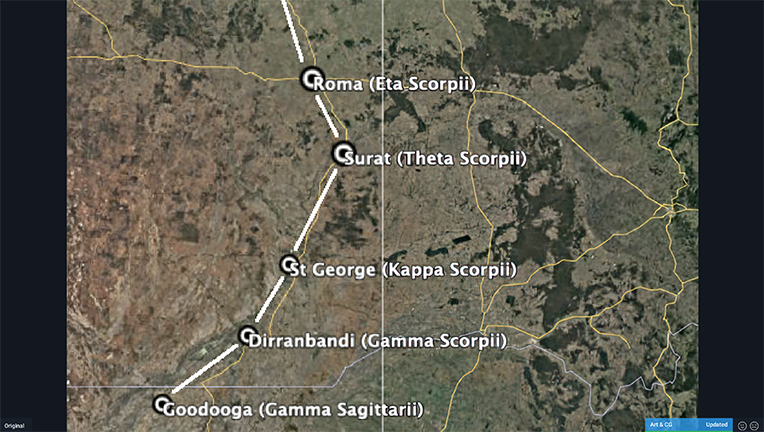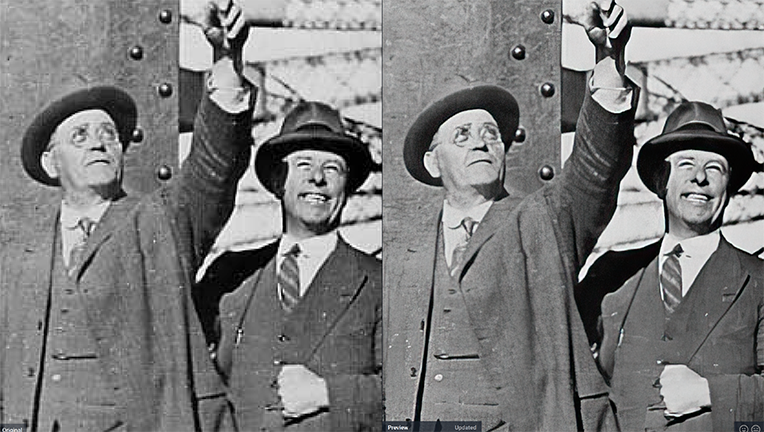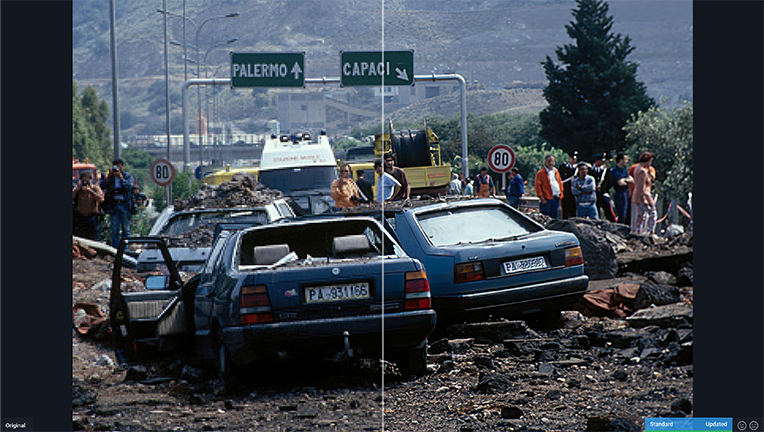Article
Fixing low-resolution images with machine learning
Below is a gallery of real-world examples of our machine learning image enhancement software.
This type of software has developed rapidly since 2019, and now it has reached a point where it is a viable solution for fixing low-resolution images.
How does it work?
Software like this is frequently referred to as ‘artificial intelligence’, but we are not enamoured with that term. (A sci-fi fan in the marketing department really got a hold of that one, didn’t they?) We do find ourselves forced to refer to it that way at times, because that is what the people who created the software call it. A more appropriate name, out of the ones that are being used, is ‘machine learning’ software – at least this has some relation to how the software works. One particular machine learning technique is called ‘super resolution’.
From a big-picture perspective, machine-learning software is ‘taught’ how to do its work by analysing many examples of good things and bad things. In the case of image processing, that is hundreds of thousands of high-resolution and low-resolution images. The software is programmed to try different pixel transformation algorithms, with different variables, to figure out the combination which is best able to fill in the steps between the low-resolution and the high-resolution image. Each loop of the software it ‘learns’ if the algorithm and variables it used are closer to, or further away from, the things it knows are good. Over many iterations, the software will discover the algorithms and variables which work best.
We have been observing the development in machine learning image-processing software for many years. It is only recently that it is has reached a point where it is practical for real-world book production. The last couple of years have seen accelerated development and, in collaboration with editors from Australia’s leading publishers, the software has been tested successfully on a handful of actual book images.
Bookhouse is now offering this service to clients. It’s exciting to be able to have this functionality at our disposal. It can really save the day when there is simply no alternative available.
The software runs completely offline
While there may be some online services which can achieve these kinds of results, we use this software specifically because it runs offline. We even go so far as to disconnect all network interfaces from the machine on which this software runs. This ensures that no copyright image data can be leaked online.
It is not a safe assumption that online services will not use image data without consent. In fact, the AI industry is so hungry for data to feed their models, they will take every opportunity to gobble up the input they are provided. We take a defensive stance against those kinds of data leaks, and ensure our image processing workstation is completely offline during usage.





